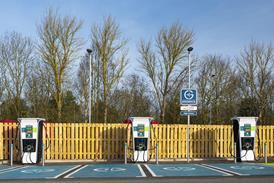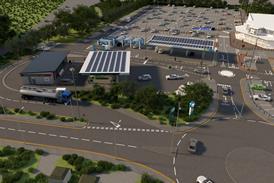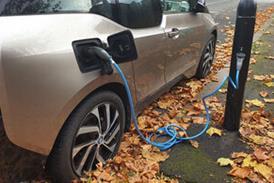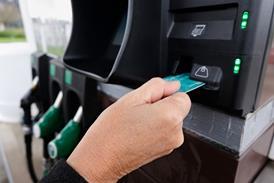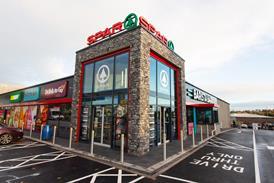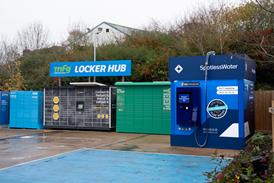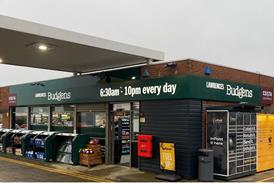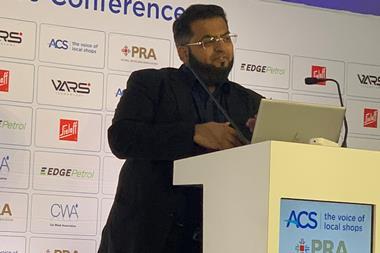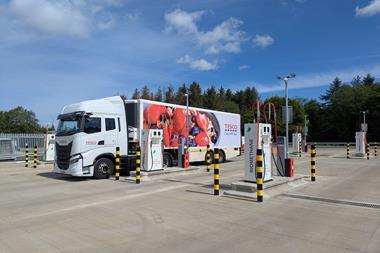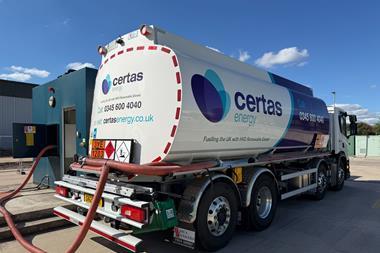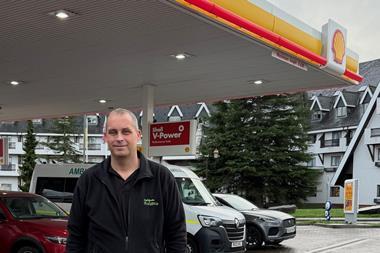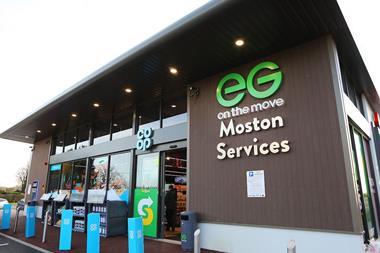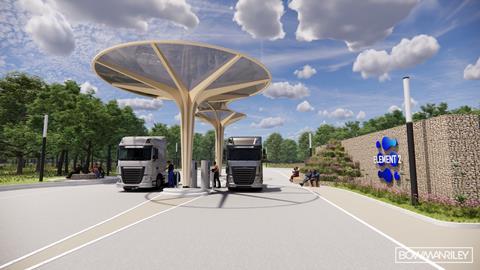
At next month’s Summit, hydrogen expert Tim Harper will share how his business Element 2 plans to take forecourt operators on a £100 million investment journey, starting this summer, to build 50 public refuelling stations throughout the UK in the next five years.
Famously, Rob Exelby is the first of what Tim hopes to be tens of petrol station operators to agree to lease land to Element 2 to install in most cases two hydrogen pumps in return for a foot into this emerging new alternative fuel.
With the traditional cost of hydrogen refuelling stations being prohibitively expensive, Harper’s company significantly reduces the initial cost and plans to open the opportunity to forecourts on major trunk roads, with logistics centres nearby.
“The aim is to start building a skeleton national infrastructure of routes for haulage vehicles making predictable routes around logistics centres in the Midlands, M62 and A1, and then to fill in the gaps in between,” says Harper.
While hydrogen infrastructure has been held back in the UK largely because of lack of government policy, this year will see major hydrogen truck development from the big manufacturers, predicts Harper. Also, as the cost of running vehicles on this more environmentally-friendly fuel moves into line with diesel, haulage companies will have confidence in investing in hydrogen fleets, he says.
Currently there are approximately only 16 public hydrogen filling stations, and not all of them will be operational, says Harper. This compares to Germany which benefits from government subsidies and leads the way with over 100 locations, indicating the potential for rapid growth in the UK market, believes Harper.
The Exelby sites, on popular haulage routes on the A1(M) and M6, both have planning permission and they are poised to open some time next year, predicts Harper, who set up his business four and a half years ago. “It’s a question of having enough hydrogen vehicles to support the sites,” he says.
“Element 2’s ambitious ‘50 in 5’ strategy aims to dramatically increase this number,” says Harper, “positioning the UK as a leader in hydrogen infrastructure with a comprehensive national network of hydrogen refuelling stations across the UK at forecourts and other strategic locations.”
Harper adds: “This ambitious plan aims to resolve the chicken-and-egg conundrum often associated with new fuel technologies, providing confidence to both vehicle manufacturers and potential hydrogen vehicle users. We hope to address the situation where currently the UK is a bit of a backwater when it comes to hydrogen.”
Element 2’s offer to forecourt owners involves it owning and operating the refuelling infrastructure on existing sites. This approach significantly reduces risk for forecourt owners, as their primary commitment is leasing space to Element 2 while receiving a share of sales, says Harper.
“The flexibility of this model is a key selling point – if the venture doesn’t succeed, Element 2 will remove the equipment, minimising long-term risk for site owners.”
But sites will need to be large enough for the green hydrogen above ground tanks and pumps, which must have a similar separation distance to existing fuel dispensers, and electric vehicle chargepoints as LPG.
“A significant challenge in integrating hydrogen refuelling into existing forecourts is the limited available space. In recent years, forecourt operators have maximised their real estate with convenience stores, drive-through coffee shops, electric charging stations, and car wash facilities,” says Harper. “Consequently, offering space for hydrogen infrastructure often comes with the expectation of monthly rent, especially given the initial low demand.”
He hopes to maximise demand for sites that come on board with a partnership with UK fuel cards business Radius, which will help promote forecourts in the network to hydrogen users, with its mapping service.

For now, Harper believes that the potential for hydrogen is mainly in the fleet space, for trucks with heavier loads travelling long-distance on regular routes. Electric vehicle batteries eat into the payload of trucks and so are not such an attractive proposition. Whereas passenger vehicles on unpredictable routes will be put off by the initial scarcity of hydrogen sites, says Harper.
“It’s worth pointing out that in the HGV sector the transition to zero emission vehicles has hardly begun with both infrastructure and vehicle costs proving a barrier to fleet operators. This all begins to change next year as the major manufacturers start to introduce hydrogen options to their fleets,” he says.
“Element 2s strategy is designed to build industry confidence and create a robust foundation for the hydrogen economy in the UK. We are focusing on aligning sites with initial demand, targeting locations that can support a minimum level of hydrogen dispensing to cover site costs. This strategic approach ensures the viability of each site while building towards a comprehensive network.”
Harper predicts that by the turn of the decade, hydrogen will be a common fixture on Britain’s forecourts, alongside traditional petrol and diesel, hydrotreated vegetable oil (HVO), and electric vehicle chargepoints.
- Tim Harper is one of a clutch of industry heavyweights taking part in this year’s Forecourt Trader Summit, with participants including Ilyas Munshi, commercial director at Zuber Issa’s EG On The Move, Patrick Sewell, managing director of Sewell on the go, Ian Cawley, head of operations at Park Garage Group, and Wayne Harrand, retail director at MPK Garages.
To book your ticket for the day conference at The Belfry in Sutton Coldfield, visit: https://forecourttradersummit.com/live/en/page/home

